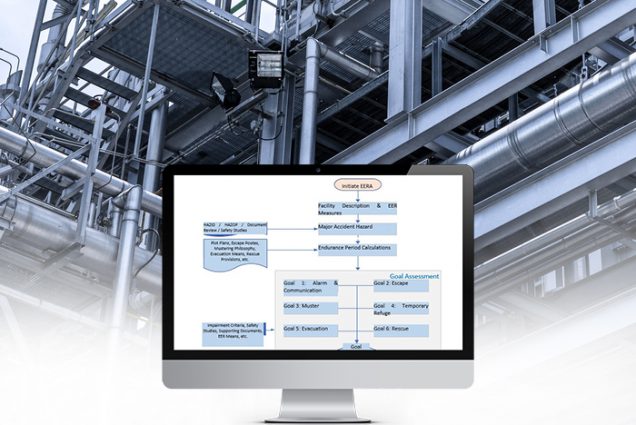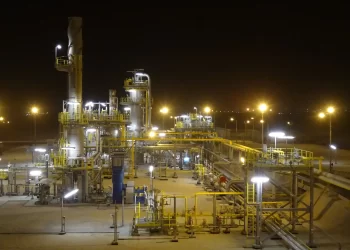Escape, Evacuation and Rescue Analysis (EERA)
Escape, Evacuation, and Rescue Analysis (EERA) is a technique to assess the performance of the escape, evacuation, and rescue (EER) measures and arrangements. The objective of an EERA is to ensure that there are adequate measures at the facility to enable people to escape, muster, evacuate, and be rescued in the event of a major accident.
During emergency situations, efficient escape, evacuation and rescue are crucial to prevent injuries and fatalities. Our expertise and track record span various sectors, including oil and gas, maritime, offshore wind, and transportation.











